The Night of the Beasts, or How Americans barely Survived the blackout in 1977
Categories: History | North America | World
By Pictolic https://pictolic.com/article/the-night-of-the-beasts-or-how-americans-barely-survived-the-blackout-in-1977.htmlPeople are too dependent on such benefits as water supply, heating and electricity. And if something of this is taken away from them, the consequences can be disastrous. The events that took place in 1977 in the USA are a vivid proof of this. Then the residents of New York completely lost electricity for just one day, and this was enough for mass robberies and pogroms to begin in the city, which caused the deaths of hundreds of people and caused serious financial damage.
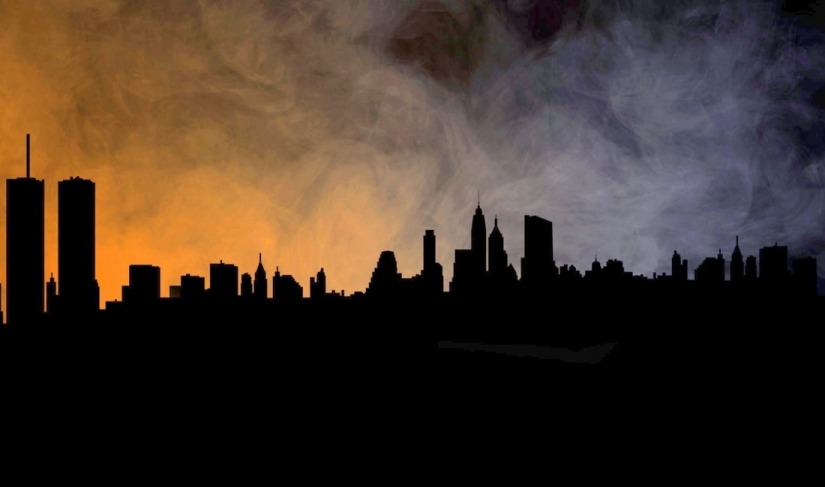
In July 1977, an abnormal thunderstorm covered New York. Violent lightning discharges damaged several power lines at once. The first discharge, recorded at 20:37, hit the 345-kilovolt Buchanan South substation, which was located near the Hudson River. After the impact, an emergency switch-on started, but due to existing equipment problems, it was not possible to restore electricity with the cavity.
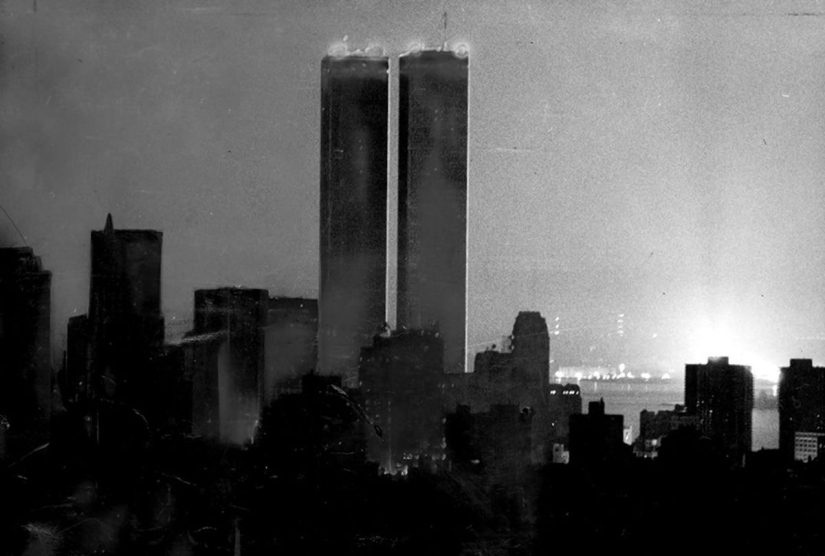
The next discharge hit the power lines connecting the 900-megawatt Indian Point nuclear power plant with New York. Technicians of the company "Con Edison", which provided electricity to the city, tried to start emergency generators, but nothing came of it.
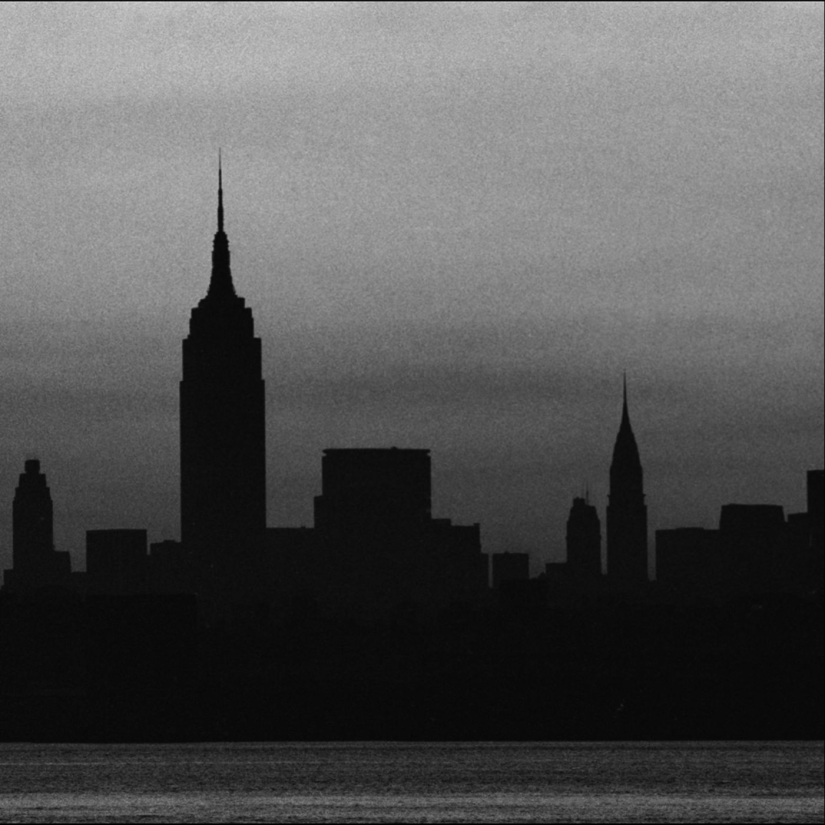
Around 9 p.m., another lightning strike damaged two more critical power lines. And no matter what the specialists did, each link of the network was overloaded and disconnected one by one. As a result, at 21:30, the whole of New York was plunged into darkness.
Later, the head of Con Edison called the incident "God's providence." According to him, there was no chance to prevent the accident.
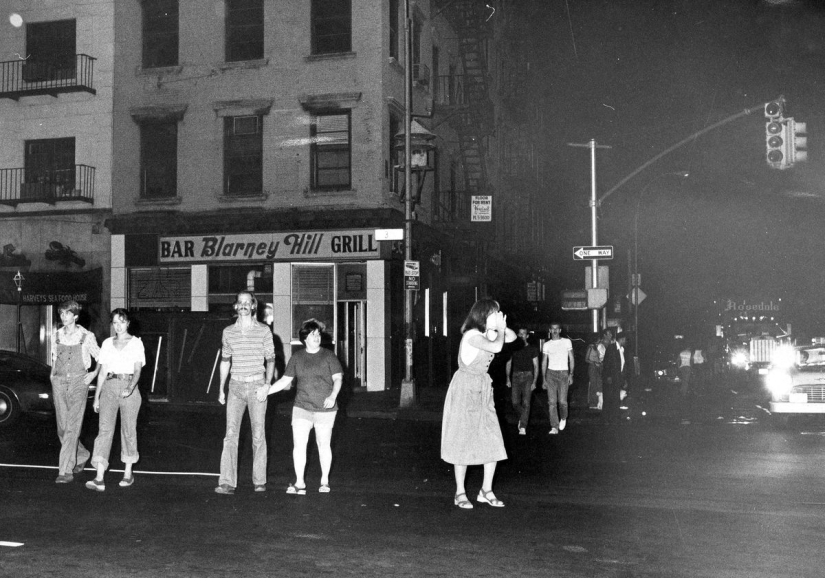
After all the streets were covered with darkness, real chaos broke out in the city surprisingly quickly. People robbed shops, houses, set fires, fought and raped. Basically, the crimes were committed by black residents of the Big Apple. The economic crisis of the 70s hit their well-being hard: many were starving and even before the blackout they survived at the expense of petty crimes.
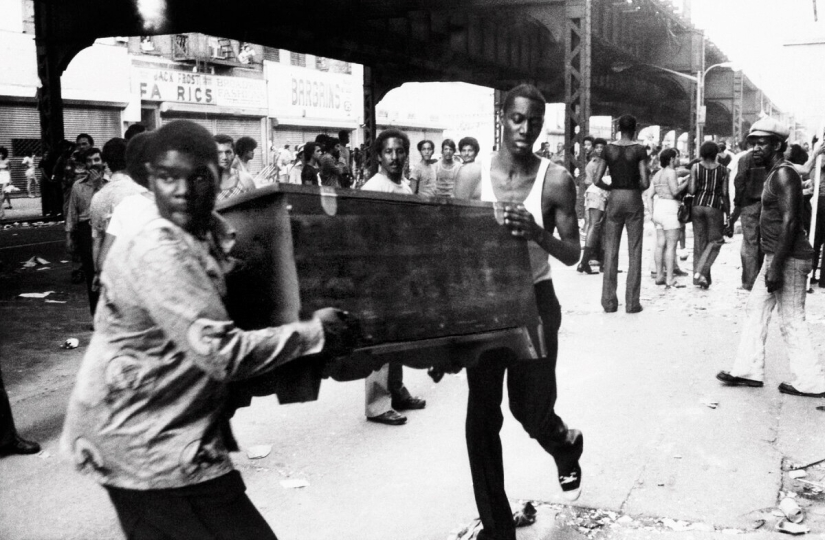
But turning off the lights was a real gift for them on Christmas in the middle of summer. That's what they said: "Today is Christmas, today is Christmas!". These words, like a mantra, were repeated by the inhabitants of the colored ghettos involved in mass outrages and looting.
In order to calm the attackers, all the forces of the police were thrown. But while they were catching some robbers, others were already robbing the store in the next block. In addition, the dark-skinned, greedy for profit, staged arson to distract the attention of the authorities. In total, more than 1,000 arson attacks were registered that night, and hundreds of firefighters died during their localization.
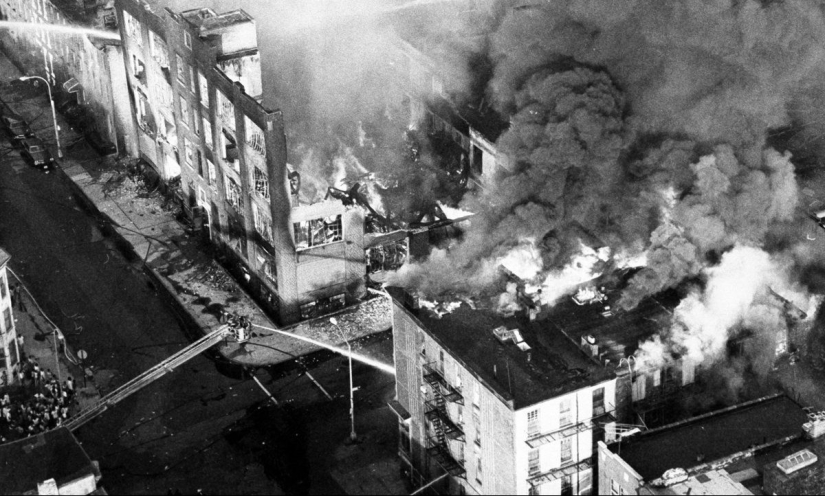
The mayor of the city declared a state of emergency and ordered all police officers to urgently return from vacation. During the night, about 4,000 rioters were arrested, but this was negligible, since more than 100,000 people participated in the riots. Police stations were overcrowded, and many criminals had to be simply released.
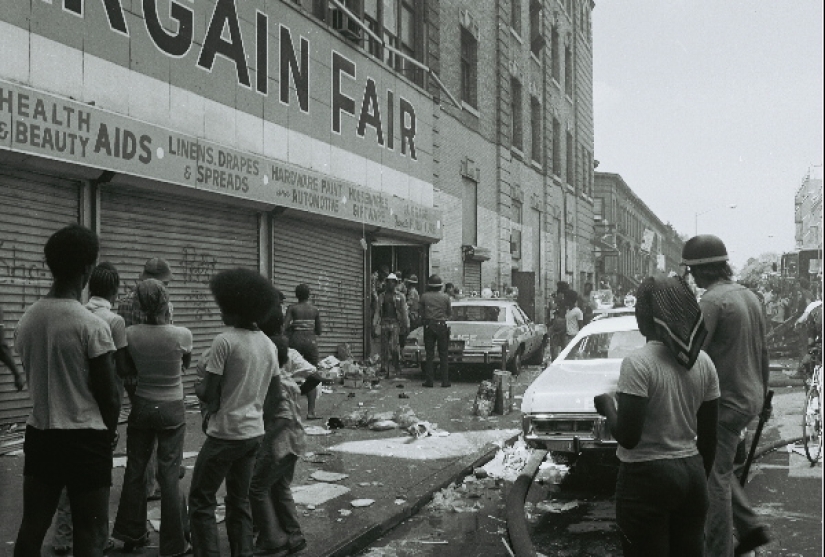
In addition to serious financial damage, among the consequences of the blackout of 1977, the beginning of the popularity of hip-hop can be distinguished. "What does hip-hop have to do with it at all?", you ask. It's very simple — if there were no such riots, such a direction of music would not become popular soon, or maybe it would disappear altogether. Before that, rap music was known and listened to mainly by African Americans and Latinos living in poor areas, for example, in the Bronx. But that night the criminals managed to get hold of expensive DJ equipment, which subsequently led to the heyday of hip-hop.
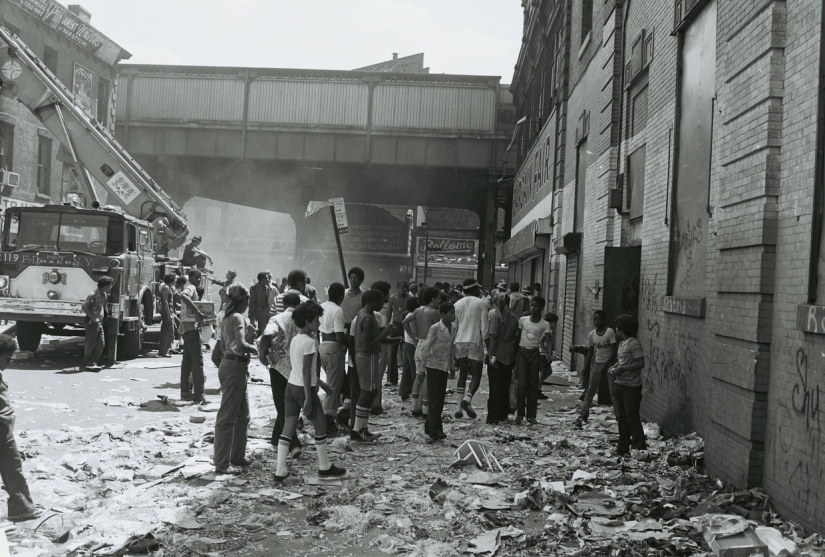
The very next day after the accident, thousands of new DJs appeared in the city. Before that, there were no more than ten of them in all of New York, and now there is one for each block. Naturally, this significantly influenced the popularization of hip-hop music.
But these are not the worst consequences of a blackout. According to various estimates, on that fateful night, rioters robbed about 1,500 stores, and the damage ranged from $ 300 million to $ 1 billion. A lot of people were admitted to the hospital with beatings, knife and gunshot wounds, as well as traumatic brain injuries.

The most affected areas are the Bronx, Queens, Brooklyn, Harlem and Broadway. Hundreds of home appliance stores, jewelry salons, car dealerships, as well as the homes of rich people were robbed here. Robbers managed to steal fifty brand-new Pontiacs from one dealership.
The looters did not bypass pharmacies, grocery stores and supermarkets. If the showcases were protected by a grid, the robbers tore it off with the help of cars, after which they calmly penetrated inside and took everything they needed.
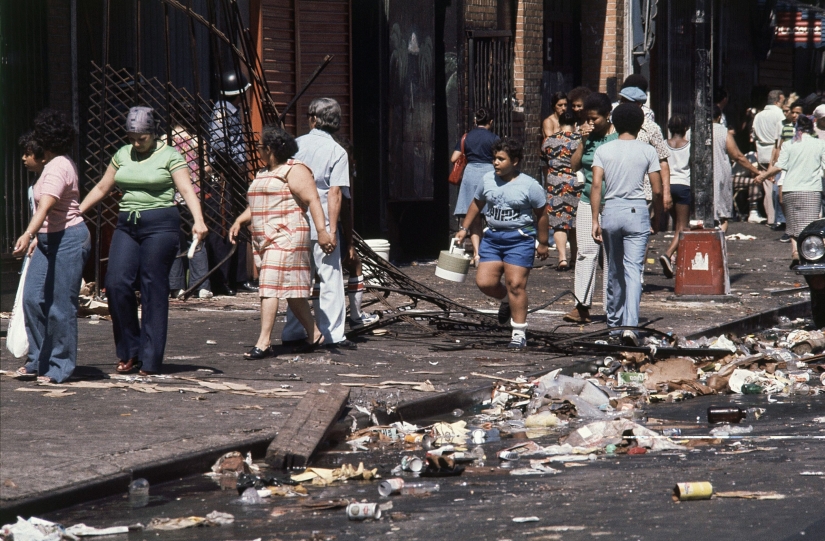
It should be noted that street pogroms were not something new for New York. They have happened before, but riots of this magnitude have happened for the first time. People caught up in the spirit of impunity and the thirst for profit seem to have lost their minds. It got to the point that looters robbed other looters. And everything calmed down only on the morning of July 14, when the long-awaited sun came out, and the darkness dissipated.
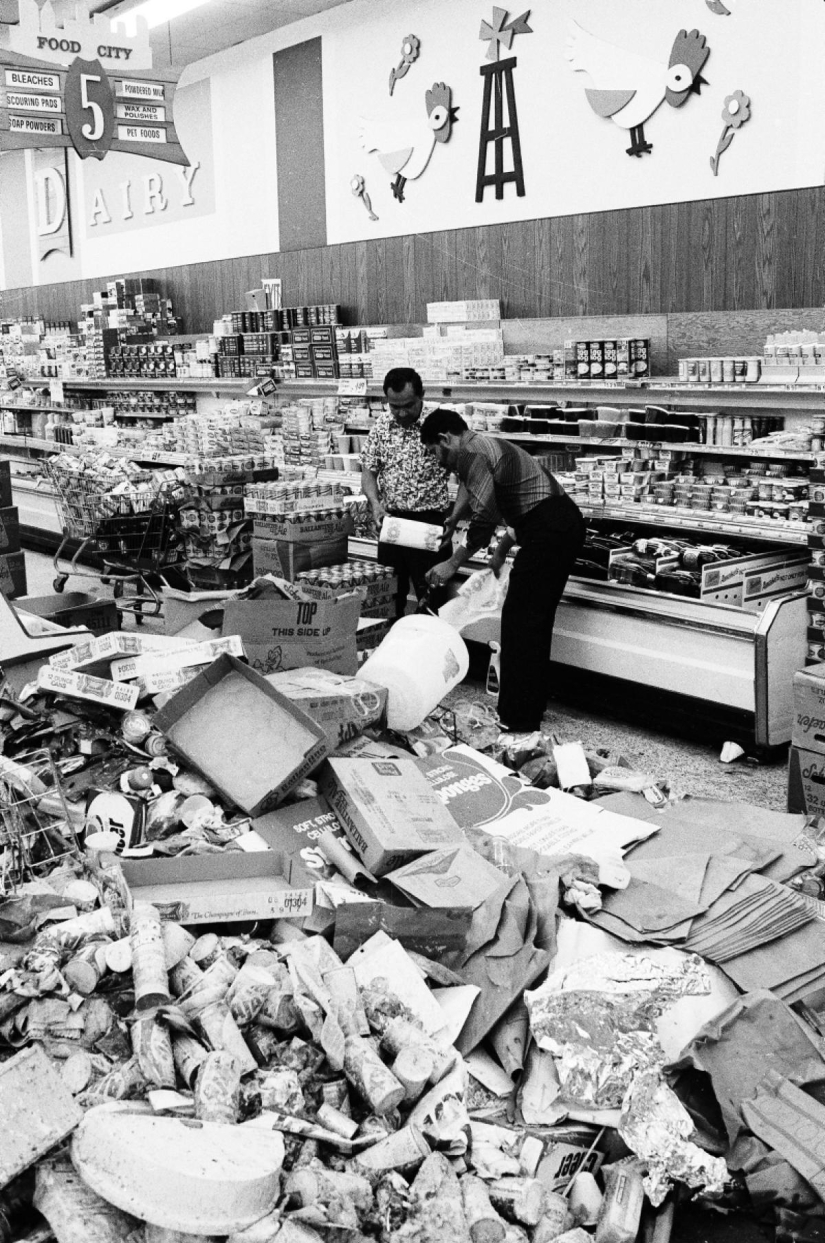
By the evening of the same day, the power supply was completely restored, and the authorities began to calculate the losses. The owners of the robbed and destroyed stores were offered a loan at ultra-low interest rates to restore business. But almost no one used this service: on the contrary, most entrepreneurs sold their business altogether and left these ill-fated areas forever.
Meanwhile, US President Joe Carter and New York Mayor Abraham Beam ordered an investigation to find those responsible for what happened. The "scapegoat" was immediately appointed by Con Edison, which was engaged in electricity supply. As it turned out, there were indeed some errors in the company's equipment, but they did not lead to a massive blackout, but a thunderstorm that hit the power lines one by one, literally leaving no chance to prevent an accident.
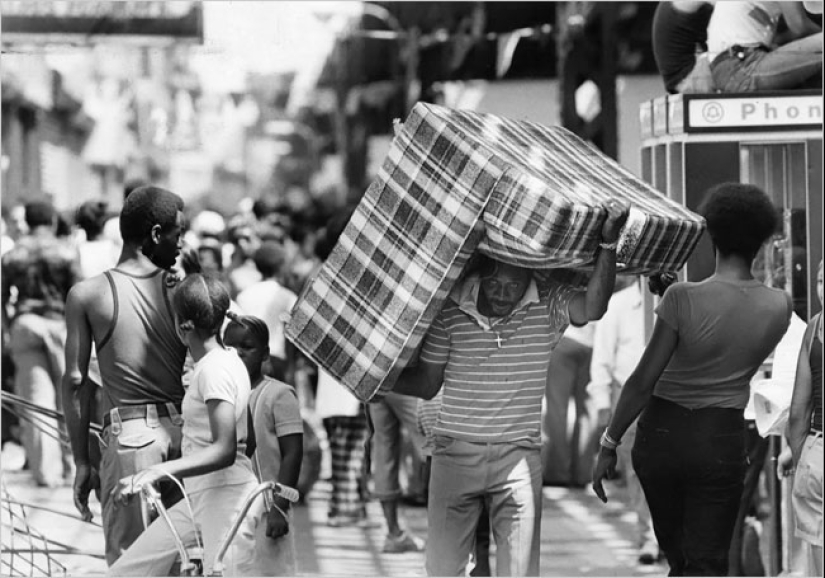
However, the question remained open: why did the townspeople suddenly decide to arrange criminal lawlessness? Electricity has been lost before, and on a larger scale. But the same blackout of 1965, on the contrary, showed how Americans can be responsible, honest and selfless.
People helped each other, treated other people's property with respect, obeyed the authorities and provided all possible support to the victims. This time the blackout turned into a real chaos. And, most likely, the financial situation of the majority of citizens played a role.
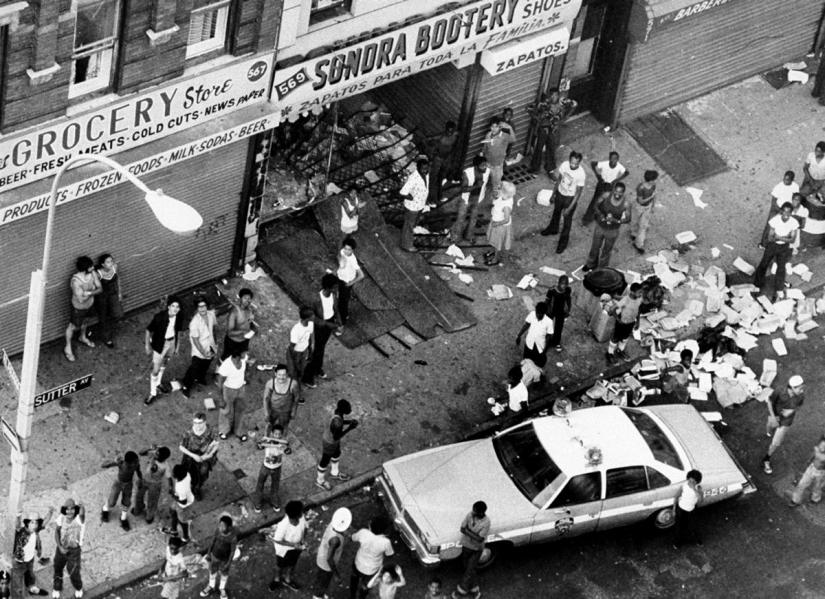
That year, the unemployment rate among blacks doubled to 40%. That is why the impoverished and starved residents of the ghetto perceived the accident as a gift of fate or "Christmas".
Over the years, New York has become completely different: previously poor neighborhoods were populated by fashionable millennials, new ones have long appeared on the site of destroyed and looted stores, and everyone has already forgotten about the crime of the 70s and 80s. However, those who caught the blackout of 1977 still remember it with horror and admit that it was definitely the scariest night of their lives.
Recent articles

Leonardo da Vinci was accused of being fond of orgies. William the Conqueror, despite all his successes, was called a "Bastard" ...

Modesty? Decency? A sense of tact? No, you haven't heard! Just look at what the people from the selection below are doing! No ...

American documentary photographer Bruce Davidson came to the UK in 1960 for a couple of months on the assignment of Queen magazine. ...